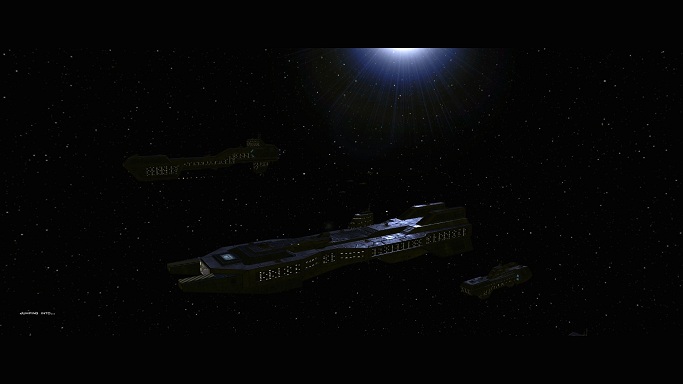Last week, news broke that Xbox 365 (again, my name) will not be shown at E3 2012. I’m wondering if Microsoft is playing it safe. I fully believe that they are ready for the next generation – but if they give themselves an entire year of additional time, it’s going to make their next console unstoppable.
First, I believe they’re “hedging their bet” against the Wii U. Nintendo’s silly Wii console dominated / decimated / owned sales charts for well over 2 years afters it’s release. Lately, the Xbox 360 has become the top dog. But Microsoft doesn’t want to risk playing second fiddle again. The best way to prevent that? Don’t release head-to-head with what could be Nintendo’s most anticipated console ever. By “delaying” the unannounced launch, nobody feels shocked or too disappointed (we had HOPED to see something, but knew it wasn’t entirely likely). An added benefit of the delay, internally at Microsoft, will be time to polish. Even if the hardware specs are 100% finalized (which, at this stage in the process, I hope there’s still some flexibility), there will still be lots of time for optimization and enhancement – both on the back-end and the user interface.
So, I wouldn’t say that Microsoft is running scared from Nintendo, but rather playing it smart. By delaying your console launch by a year, it gives you more time to release a more polished, and genuinely better product than the competition (taking advantage of any advancements in the technology you’ll be using), learn from any mistakes they’ve made this generation (even “simple” things like number of games at launch, console price, online infrastructure, etcetera), and avoid the head to head sales contest for the consumer’s “holiday 2012 spending dollar.” It’s a smart move. We’ll all have to wait and see if it pays off. But the key word there was “wait.”


